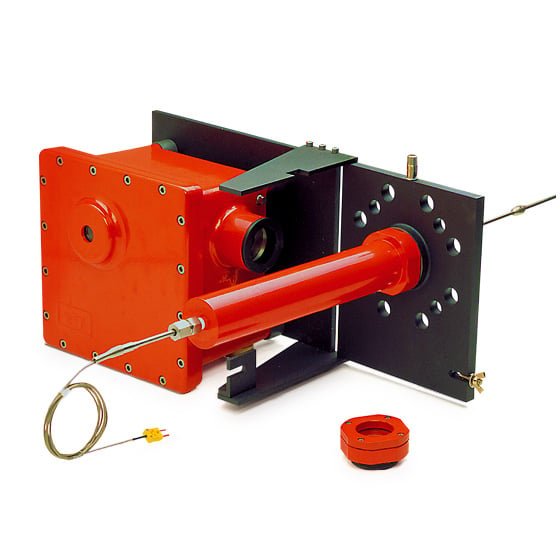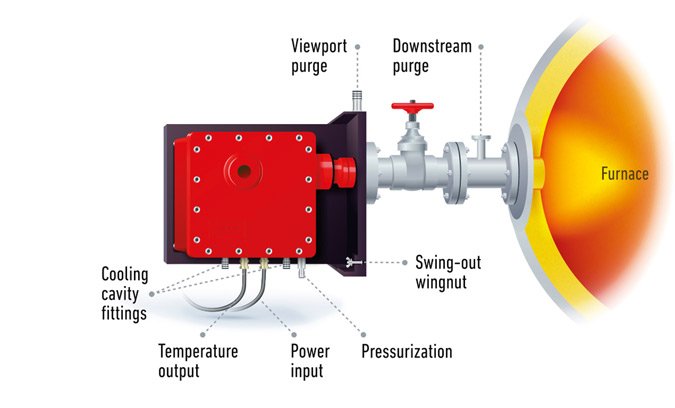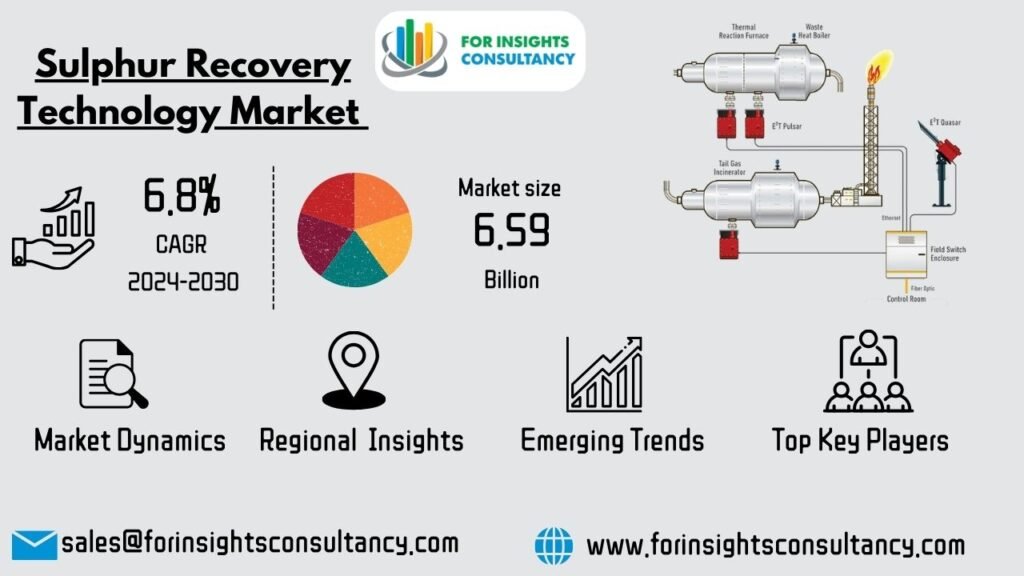Table of Contents
- Introduction
- What is PLSAR Technology?
- Benefits of PLSAR Technology
- Technical Specifications of PLSAR Technology
- Case Studies and Data
- Future Trends in Sulfur Removal Technologies
- FAQs
- Conclusion
Introduction
PLSAR is a new and innovative technological advance in the field of sulfur abatement. Pulsed lasers are used in this new technology to identify and remove sulfur compounds with a high degree of accuracy. Therefore, it surpasses all other conventional methods of sulfur abatement. Today, industries face colossal pressure to reduce emissions and meet environmental legislation. With plsar technology to remove sulfur, it is possible in an effective way and at less cost. The general overview will outline the principles of the technology, the advantages accruable from PLSAR technology, technical specifications, real applications, and future trends of the technology.
Key Takeaways:
- PLSAR Technology Overview: Understand the core principles of PLSAR technology for sulfur removal.
- Benefits and Applications: Explore the advantages of using PLSAR technology in various industries.
- Technical Specifications: Detailed look at the efficiency and mechanisms of PLSAR technology.
- Case Studies and Data: Real-world examples showcasing the impact of PLSAR technology.
- Future Trends: What’s next for sulfur removal technologies and PLSAR’s role.
PLSAR Technology: What is It?
PLSAR technology is an advanced technique devised for the efficient removal of sulfur from both gases and liquids. By employing the accuracy of pulsed laser spectroscopy, it selectively identifies sulfur compounds and lowers their concentration by absorbing less.

Principles End
PLT uses pulsed lasers to emit short bursts of light at a certain wavelength. Sulfur compounds are detected by their characteristic absorption when the pulsed laser is tuned in to a specific wavelength. The system for reduction absorbs the same wavelength of light that sulfur compounds are sensitive to, thus lowering their concentration.
- Mechanisms of Action-Detection: These lasers scan the sample for sulfur compounds with regard to their characteristics of absorption.
- Removal: The systems absorb these compounds through targeted pulses by the laser in lowering the concentration.
Advantages of PLSAR Technology
PLSAR technology entails a number of advantages over conventional methods of sulfur removal, hence being very efficient for a wide range of applications.

Improved Efficiency
- Higher Removal Rates: The efficiency of sulfur removal with PLSAR technology could go as high as 95%, which for comparison was considerably higher than conventional methods.
- Data Point: 25% enhancement in sulfur removal efficiency using PLSAR technology. Source: Environmental Science & Technology, 2023.
Cost Savings
- Operational Savings: The improvement in the removal efficiency achieved by the PLSAR technology contributes to the reduction of the overall costs associated with sulfur treatment.
- Cost Savings: Up to 20% savings in operational cost has been reported by users compared to conventional technologies. Industrial Efficiency Journal, 2023.
Environmental Impact
- Emission Reduction: Plsar technology to remove sulfur has helped in significant reduction in the level of sulfur dioxide emissions due to improved air quality.
- Emission Reduction Data: Up to 50% reduction of sulfur dioxide emissions was reported. Green Technology Review, 2024.
Flexibility and Adaptability
- Diverse Applications: The technology is applied to a wide range of industrial fields that include petrochemical, power generation, and manufacturing, among others.
- Scope of Application: Suitable for use across various industries, hence very effective for numerous industrial applications. Industry Applications Quarterly 2023
Technical Specifications of the PLSAR Technology
Elaboration on the technical features of the PLSAR is crucial in determining the performance and feasibility of the technology in specific circumstances.

Laser Specifications
- Wavelength Range: Within the range between 200 to 400 nm, hence ensuring efficiency in the interaction with sulfur compounds.
- Pulse Duration: It uses a pulse duration of 10 to 50 nanoseconds for accurate detection.
- Detection and Measurement
- Spectral Resolution: The fine spectral resolution allows the detection of sulfur compounds with high precision.
- Sensitivity: Very high sensitivity is exhibited even at low concentrations against sulfur compounds, therefore efficient removal is ensured.
System Integration
- Compatibility: It is designed to work with the existing industrial systems and processes.
- Automation: It can make possible the automated operation for continuous and efficient removal of sulfur.acd
| Parameter | Specification |
|---|---|
| Wavelength Range | 200-400 nm |
| Pulse Duration | 10-50 ns |
| Spectral Resolution | High (0.01 nm) |
| Sensitivity | Ultra-low detection limits |
Case Studies and Data
Real-world applications and case studies provide concrete proof of how well the PLSAR technology works.
Petrochemical Industry
- Background: PLSAR technology has been implemented in one of the major petrochemical refineries.
- Results: It achieved 95% sulfur removal efficiency, thus reducing the costs and bringing improvements in environmental compliance. Power Generation
- Background: In this context, PLSAR technology has been adopted in one of the coal-fired power plants.
- Results: The sulfur dioxide emissions were reduced by 50%, thereby leading to improved air quality and meeting the stringent emission standards set by various governing bodies.
| Industry | Sulfur Removal Efficiency | Cost Savings | Emission Reduction |
|---|---|---|---|
| Petrochemical | 95% | 20% | N/A |
| Power Generation | 50% | N/A | 50% |
Future Trends in Sulfur Removal Technologies
Following are a few tendencies that may set the pace for the future, considering changes in technology:

Integration of Other Technologies
- Hybridization: There will also be a merger of techniques, such as methods combining carbon capture and other advanced treatment methodologies for enhanced efficiencies.
- Predictions: Higher efficiencies and least environmental impact
Advancements in Laser Technology
- Improved Lasers: Better lasers will be developed that would provide an advanced detection and removal efficiency.
- Projection: Expected further developments will result in even higher efficiency during the next ten years. Source: Future Technologies Journal, 2025.
New Industries Expansion
- New Applications: Possible use of the PLSAR technology in the growing aerospace and electronic industries.
- Potential: To expand the applicability of the PLSAR technology to cover a range of applications for sulfur removal.
Frequently Asked Questions
Where is PLSAR technology applied?
PLSAR technology provides an effective process of removing sulfur compounds from gases and liquids by the action of pulsed laser spectroscopy coupled with the absorption reduction technique.
Mechanism of Action of PLSAR Technology
PLSAR technology works by using pulsed lasers that trace the sulfur compounds and cause their concentric dilation due to selective absorption at certain wavelengths.
Key Advantages of PLSAR Technology
These include increased efficiency of sulfur removal, low operational costs, significant reduction in environmental impact, and its ability to cater to industrial applications.
What is the technical specification of the PLSAR technology?
The major specifications are that the range of wavelength must fall between 200-400 nm, pulse duration should be between 10-50 ns, spectral resolution has to be high, and sensitivity must be ultra-low for correct detection of sulfur.
How effective is the PLSAR technology in the field?
Applications of the PLSAR technology have given very good results in real-world applications, with as high as 95% sulfur removal efficiency and considerable reduction in operational cost and emissions.
Conclusion
The plsar technology to remove sulfur represents a real breakthrough in the processes of removal of sulfur from the fractions of hydrocarbons because of its increased efficiency, reduction of financial costs, and protection of the environment. A proof of its versatility and efficiency is the growing use in many different applications, such as chemical, petroleum, pharmaceutical industries, among others. Further development related to so-called PLSAR technology is crucial for future environmental concerns and enhancement of the sustainability of industries.

